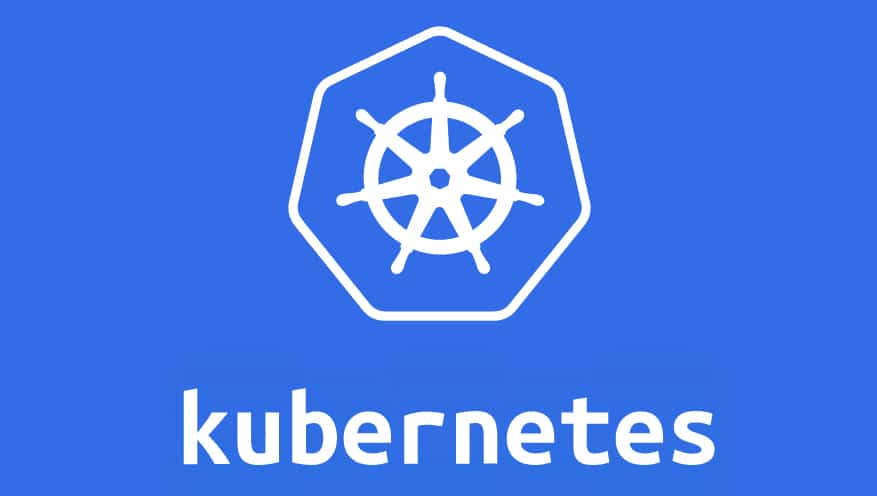
Google already gratified enterprises and IT professionals with its various cloud-related developments. But now, the search giant has upgraded its Kubernetes offering to version 1.4 to give a significant boost to container deployments and further bridge the gap between containers and cloud.
To help novices, Kubernetes 1.4 has a much improved Dashboard UI with 90 percent of CLI parity for at-a-glance management. The new version also includes some striking tweaks to the scheduler, storage and clients to meet the requirements of users and ecosystems.
Google has added inter-pod affinity and anti-affinity Alpha to enable customisation for co-location and spreading pods. Additionally, there are features like Pod Disruption Budget and some new volume plugins specifically for Quobyte and Azure Data Disk. The container cluster manager has also got Swagger 2.0 support to bring non-Go clients to its open source platform.
The upgraded Kubernetes comes preloaded with ‘kubeadm’ tool to reduce bootstrapping to two commands. There is also DaemonSet to make it easy to deploy add-ons like an overlay network.
Streamlined installation
The Kubernetes team at Google has streamlined its installation process by bundling dependencies with the latest version. This helps in installing Kubernetes on distributions like Red Hat and Ubuntu Xenial. Developers can also leverage the new change and use tools such as apt-get and yum to install the framework right along with its dependencies.
For a secure experience, the Kubernetes update allows cluster administrators to control the create and validation of security contexts for their pods and containers using Pod Security Policy. Also, the framework has AppArmor support to provide better auditing and monitoring of systems to end clients.
Another much-awaited feature that the version 1.4 of Kubernetes brings live to its clients is the addition of cluster federation API support. Initially, customers can opt for Federated Replica Sets, Federated Services and Federated Ingress Alpha to easily build applications and with clusters.
Major uplift from predecessor
Kubernetes 1.4 is not minor change over its previous version that was debuted in July. In fact, it is touted to be the “result of concerted, coordinated work” of its community. Over 20 contributors, particularly from SIG-Cluster-Lifecycle, helped in improving the Kubernetes user experience.
All this shows how Kubernetes is making things difficult for rivals — mainly Docker Swarm and Mesosphere DC/OS. Tech behemoths like Red Hat, Intel and Mirantis are also supporting the development of Google’s platform to make it an uncompromised leader in the world of containers.
You can experience all the new features of the latest Kubernetes by downloading its existence from the official k8s site. Its source code is also available through a GitHub repository.











































































